Why is there such importance placed on Heating Seasonal Performance Factor (HSPF) and Seasonal Energy Efficiency Rating (SEER)? What do they mean for the homeowner, and how do they influence the choice of a system?
We discuss HSPF and SEER in-depth, arming homeowners with the knowledge to make intelligent choices.
We explain the similarities and differences between the two and alternative efficiency ratings to help you understand what they mean.
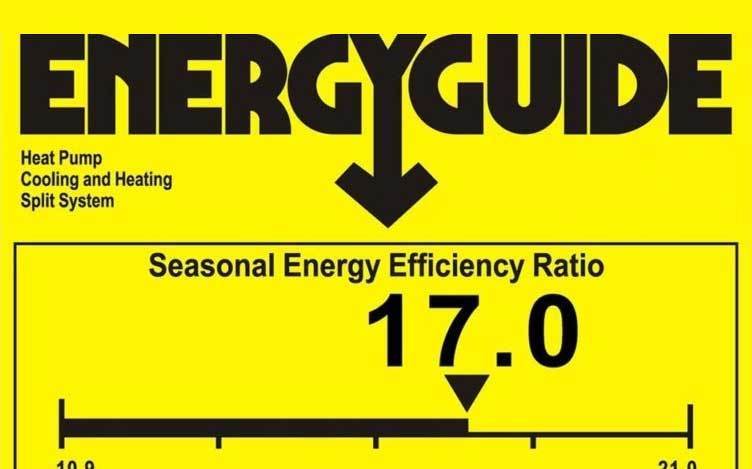
HSPF vs SEER
Both HSPF and SEER indicate the efficiency of a heat pump. SEER gives an air conditioner (AC) or a heat pump‘s efficiency in cooling mode, and HSPF denotes a heat pump’s efficiency in heating mode.
They both use similar calculations, but HSPF calculates the total heating through a season divided by the electricity usage. SEER calculates the total cooling of a season divided by the electricity usage.
It’s essential to take both ratings into account when purchasing a new system, but the weight of importance changes according to your individual needs. A higher rating means better efficiency for both ratings.
What is an HSPF, and How is It Calculated?
According to ANSI/AHRI Standard 210/240 of 2008, the definition of HSPF is: “The total space heating required during the space heating season, expressed in BTUs, divided by the total electrical energy consumed by the heat pump system during the same season, expressed in watt-hours.”
HSPF is used to measure a heat pump’s efficiency. Water heaters, furnaces, and boilers use Annual Fuel Utilization Efficiency (AFUE) to measure efficiency. The higher the HSPF, the more efficient the heat pump is over the heating season.
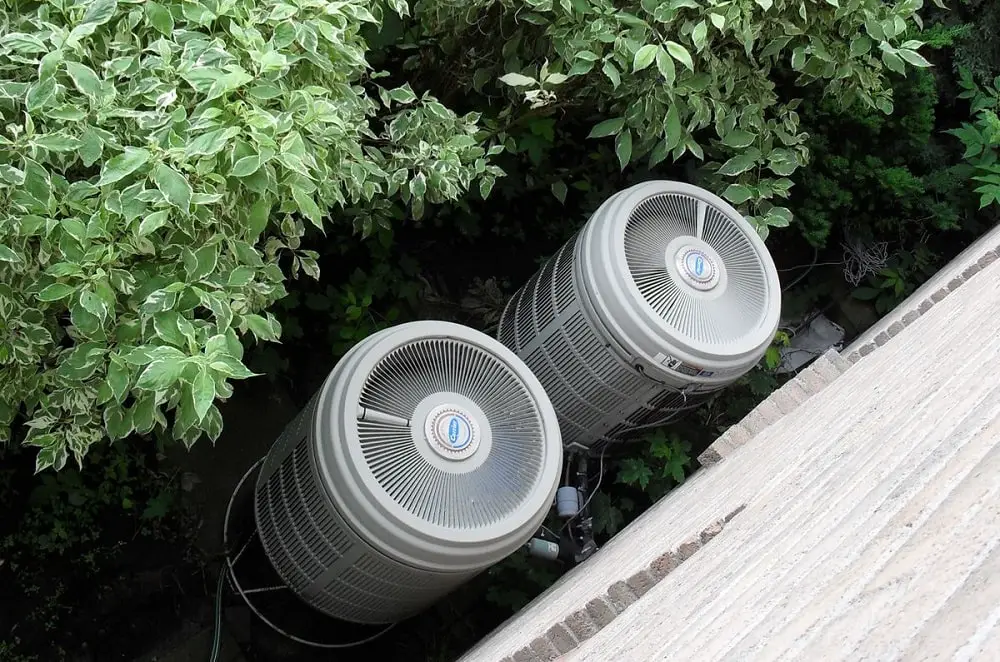
Having a more efficient heating system for your home ultimately saves you money. You can also save on your federal tax bill by installing a system with an HSPF higher than eight. Another advantage of HSPF is that you can use it to quickly determine the efficiency of products.
Any HSPF above eight and a half qualifies for an energy star rating. The most efficient heat pumps have an HSPF of around 13. When looking at heat pumps, you need to take both HSPF and SEER into account to find the best system for year-round savings.
What is SEER?
SEER is defined by ANSI/AHRI Standard 210/240 of 2008 as “The total heat removed from the conditioned space during the annual cooling season, expressed in BTUs, divided by the total electrical energy consumed by the air conditioner or heat pump during the same season, expressed in watt-hours.”
SEER is used to measure the efficiency of ACs and heat pumps throughout the cooling season. Like HSPF, a higher SEER means a more efficient cooling system.
You can also claim tax credits for installing a more efficient cooling system in your home. You need to have a SEER of 15 or higher for heat pumps and a SEER above 16 for central AC systems to qualify. SEER is also a good way of comparing the long-term efficiency of different cooling systems. A cooling system needs to have a SEER higher than 15 to qualify for an energy star rating.

Relevant Characteristics Between HSPF and SEER
To make it a little easier to understand the characteristics between SEER and HSPF, we have compiled a small table with the most relevant information. The ranges change over time; the minimums represent the minimum legal requirements, and the maximums change as technology advances.
HSPF vs SEER
Compare by tapping or clicking below!

Option
HSPF

SEER
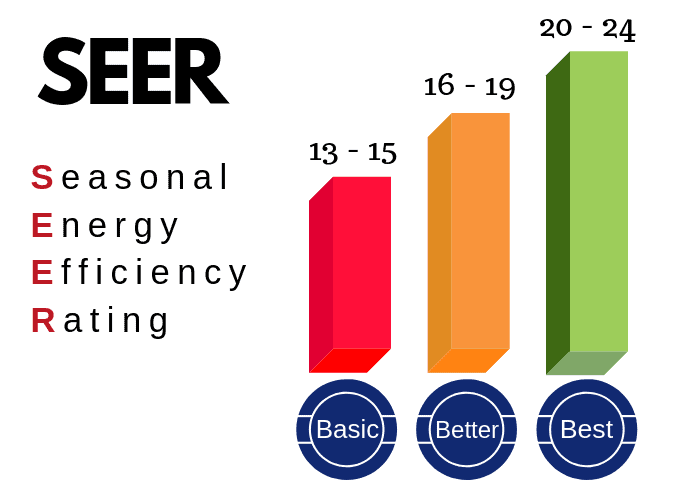
Used in Heating or Cooling?
HSPF
Heating
SEER
Cooling
Rating Range
HSPF
7.7-13+
SEER
13-26+
Factors in Calculating
HSPF
BTU/watt-hours
SEER
BTU/watt-hours
What Does This Measure?
HSPF
Average heating efficiency over a season
SEER
Average cooling efficiency over a cooling season
Similarities and Differences
As you would have noticed from the explanations above, HSPF and SEER have many similarities. They also have some noticeable differences. We will describe both the similarities and differences, giving you a better understanding of the different ratings and how they work. Additionally, we explain what the ratings denote.
HSPF and SEER Differences
We’ll discuss the differences between HSPF and SEER first.
What They Measure
The most apparent difference between the two ratings is that HSPF measures heating efficiency and SEER measures cooling efficiency. HSPF is a factor that gives you an indication of how much electricity the heat pump consumes over a heating season.
The SEER factor is the measure to look at if you want an idea of the amount of electricity a cooling system consumes over a cooling season.
The Ranges
You would have noticed that there’s a difference in the ranges between the two factors. Simply put, it costs more to heat a home over a season than it does to cool it. As technology advances, so do the cooling and heating efficiencies for homes.
A few years ago, heat pumps were considered too inefficient to use in freezing climates. Still, Canada is now looking at heat pumps that work efficiently at temperatures below freezing point. (0 °C or 32 °F).

Appliances They Measure
The appliances that use HSPF and SEER have some similarities, but they have differences too. HSPF is a measure of heating efficiency compared to electricity used. It’s only used to measure the heating efficiency of a heat pump in heating mode.
SEER is used to measure the cooling efficiency of standard air conditioners and heat pumps. A heat pump can have an HSPF rating and a SEER rating, but a standard air conditioner only has a SEER rating.
In theory, you could apply HSPF ratings to electrical resistance heaters. Still, the factor would work out to around three point eight five, not a very energy-efficient heating mode.
HSPF and SEER Similarities
HSPF and SEER have many similarities, which we will now discuss.
Both Measure Average Efficiency Over a Season
Both of these ratings measure an appliance’s average efficiency over a season, taking changing temperatures and conditions into account. Other efficiency ratings like Annual Fuel Utilization Efficiency (AFUE), Energy Efficiency Ratio (EER), and Coefficient of Performance (COP) measure efficiency under controlled conditions. Thus HSPF and SEER give a more accurate measure of efficiency than other systems.
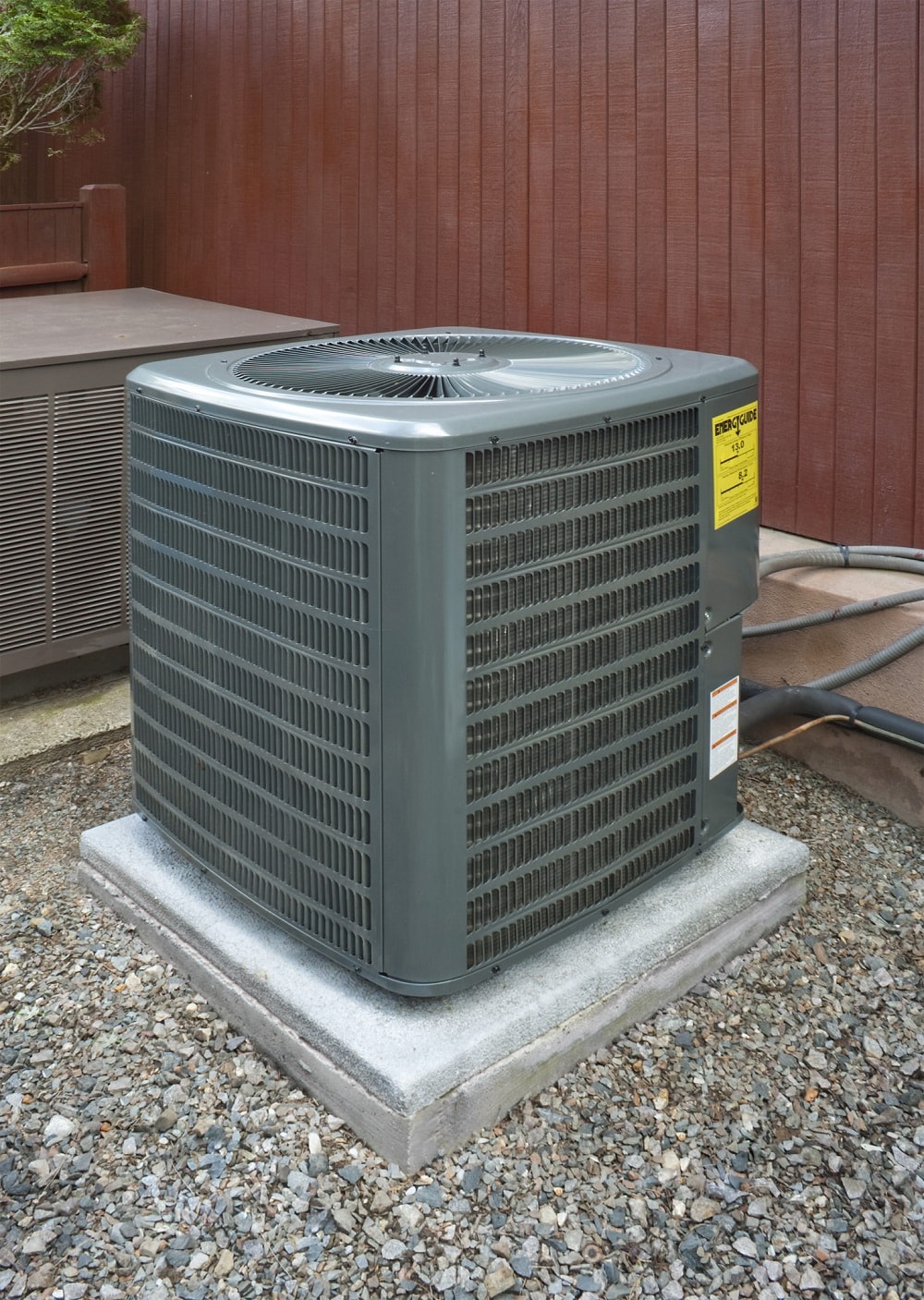
Both Change With Climate
If you measure the HSPF of a heat pump in a colder season, you’ll find that the HSPF is lower than measuring in a milder climate. External factors such as the outdoor and indoor temperature differences influence performance.
It’s always best to consult with an HVAC professional before making the final decision on the best heating or cooling solution for your home.
Both Use the Same Factors In the Calculation
Both HSPF and SEER use BTU divided by watt-hours to calculate the factor, despite HSPF measuring heating efficiency and SEER measuring cooling efficiency. Because the factor is calculated in the same way, it indicates heating costs vs cooling costs.
That doesn’t mean you can directly correlate, though you may have less need for heating than for cooling. In that case, SEER would be a more critical consideration than HSPF.
What About AFUE, EER, and COP Ratings?
As we mentioned earlier, AFUE, EER, and COP also measure heating and cooling equipment’s efficiency. We’ll give a short definition of these terms, the differences between them, and the average ratings.
AFUE, COP, and HSPF all measure the efficiency of heating systems. AFUE and HSPF measure the average over a heating season, whereas COP measures the efficiency under controlled conditions. AFUE is used for solid fuel, gas, and oil heating systems, and HSPF is used for electrical units.
EER and SEER both measure the cooling efficiency of electrical systems. The EER is measured under controlled conditions, and SEER gives an average over the cooling season. Geothermal heat pumps and window ACs usually use the EER rating. In contrast, the SEER rating is typically found on AC units and air-source heat pumps and AC units.
AFUE
AFUE is used to measure furnaces and boilers’ performance that use fuel such as heating oil or gas. AFUE is expressed as a percentage, and the calculation is BTU in/ BTU out x 100%. An AFUE of 85% means that 15% of your fuel’s heat value is lost in your home’s heating over a season.
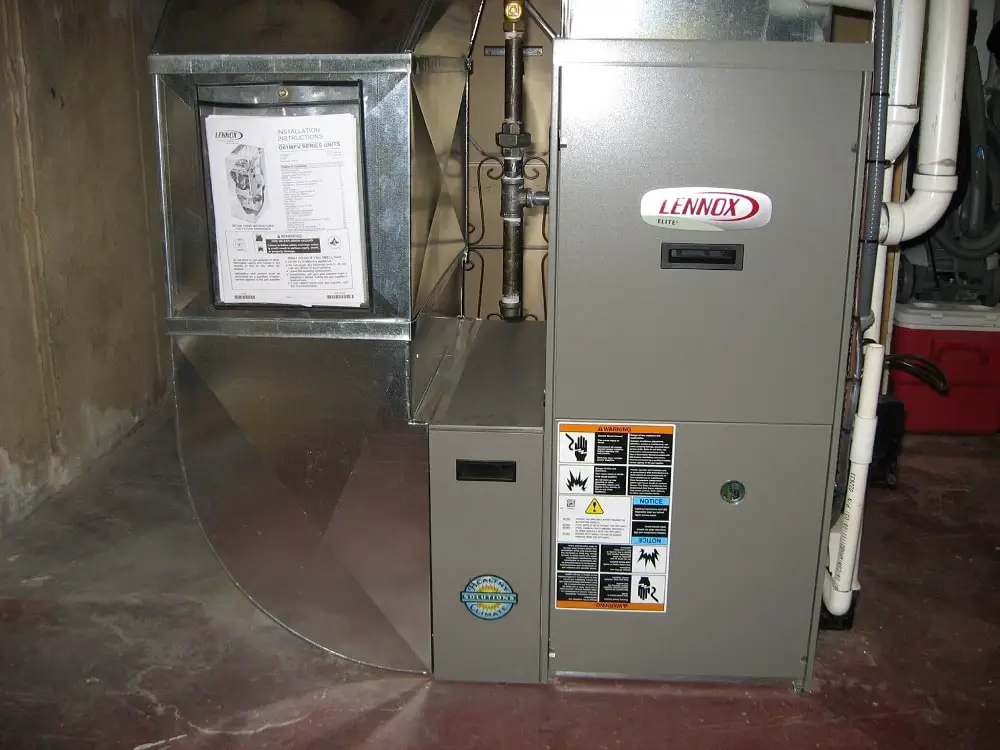
EER
Both EER and SEER measure the efficiency of cooling systems that run on electricity. The difference between the two is that EER is measured under controlled conditions. In contrast, SEER is an average measured over the length of a cooling season. The calculation for EER is BTU per hour at 95 °F/ watts used at 95 °F.
Like SEER, the higher the number, the more efficient the system. EER is usually found on window ACs and geothermal heat pumps. Usually, air-source heat pumps and standard ACs have a SEER rating displayed.
COP
COP has a similar formula to AFUE. Still, it’s used to measure the efficiency of heating systems that use electricity. Like EER, it’s also measured in a controlled environment.
The formula for COP is BTU of heat output at 47 °F/ BTU input of electricity at 47°F. The BTU input of electricity is watts x 3.412142. (Watts and BTU both measure energy, so there is a direct relationship.)
How to Use HSPF When Buying a Heat Pump
HSPF is very useful in deciding on which heat pump to buy. It gives you an easy reference to use in determining the system’s efficiency compared to the price.
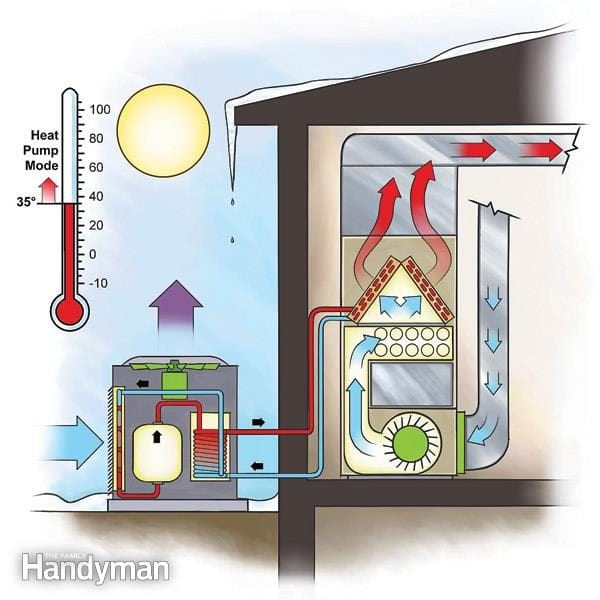
For example, if you upgrade an old system with an HSPF rating of eight to a system with an HSPF of 10, you can expect to save around $500 per year in heating costs.
If you pay $1,000 more for an HSPF 10-rated heat pump than for an HSPF eight and a half rated system, your investment has repaid itself in two years.
Another deciding factor is tax rebates. You qualify for federal tax incentives by installing a higher-rated system in your home. The current rebates expire on 31 December 2021.
You can also check to see if you qualify for tax incentives from the state or city you live in. Some states also offer tax credits for energy-efficient heating options.
Compare the system’s cost with the potential savings from tax credits and lower utility bills to the purchase and installation price. You may find a more efficient system that returns your investment within a season and continues to give savings over its lifetime.
How to Use SEER When Buying a Heat Pump or AC
You use SEER in a similar way to HSPF when buying a heat pump or AC. The actual difference between the two is that HSPF measures heating efficiency over a season, and SEER measures cooling efficiency.
You qualify for similar tax credits. The benefits of the additional savings on cooling bills often repay your investment in a more efficient system within one to two years. You will achieve more significant savings from systems with a more considerable difference between SEER ratings. For example, upgrading from a 21 SEER to a 23 SEER saves you around $60 per year. Upgrading from 12 SEER to 20 SEER saves you $470.
As we mentioned earlier, other factors also influence a system’s efficiency, and you need to keep these in mind. A unit that’s either too big or too small won’t give you the same performance and efficiency as a correctly sized installation.
Your home’s insulation and natural ventilation also play a part in your heating and cooling efficiency. Leaking ductwork and blocked filters make for the inefficient operation of your system.
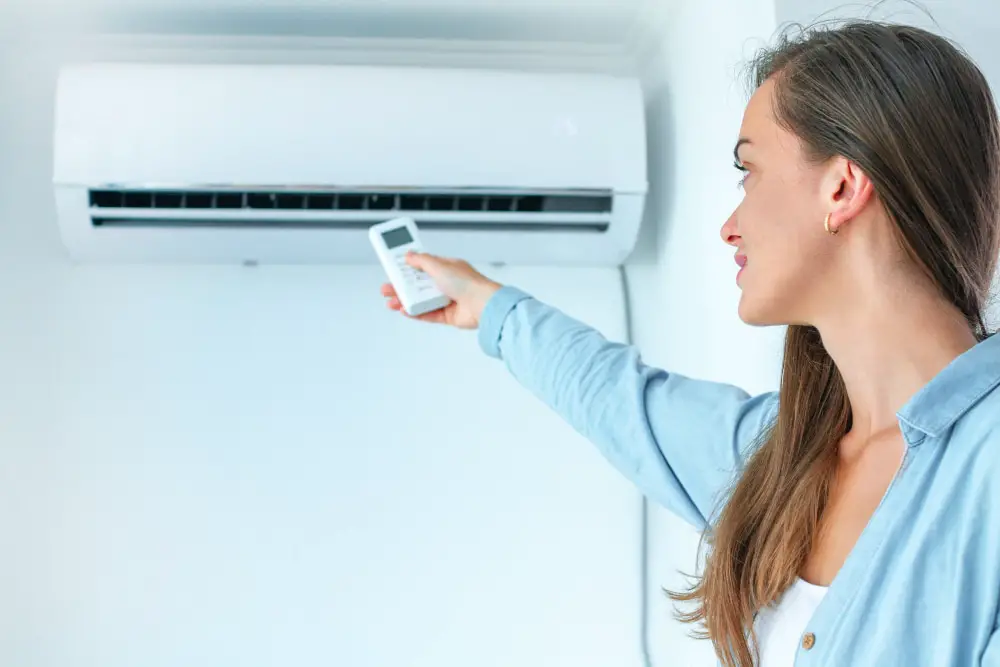
Bottom Line
Finding the right heat pump or AC for your home is a challenging task. Keeping informed on factors like HSPF and SEER can assist you in choosing the right system for you. These two different ratings give you an idea of what annual cost savings you can expect from the system that you choose.
Additionally, you can make more direct savings in the form of tax credits. Balance the long-term savings with the initial cost of your heat pump or AC to find the most economical installation.
Although HSPF and SEER both have value as indicators of efficiency, remember to look at other factors that can improve heating and cooling efficiency in your home.
People Also Ask
Whenever we stop asking questions, we stop learning. We have answered a few of the questions that people usually ask below. If you still have some uncertainty on how HSPF and SEER work, perhaps these answers will give you more clarity.
The most essential rating depends on where you want to make the best savings. Homeowners that have more need for heating should place higher importance on HSPF. If cooling is most needed, then SEER will have higher importance.
Yes. In fact, heat pumps typically have both a SEER and an HSPF rating. The SEER rating is measured with the heat pump in cooling mode, and the HSPF is measured in heating mode.
Generally, a high HSPF is better, but it’s always a good idea to weigh the system’s increased cost against your potential savings.
A higher SEER is a more efficient cooling system that gives you more savings on cooling bills. Always try to find a balance between the system’s initial cost and the potential savings from installation. After all, you want the fastest return on your investment possible.
A very generalized rule of thumb is that you can save 10% per rating. So if you opt for a rating two notches higher, you save around 20% on your heating bill.
Yes. In the long-term, a higher SEER rating saves money. Compare the potential savings against the system’s increased cost to ensure a speedy return on your investment.
